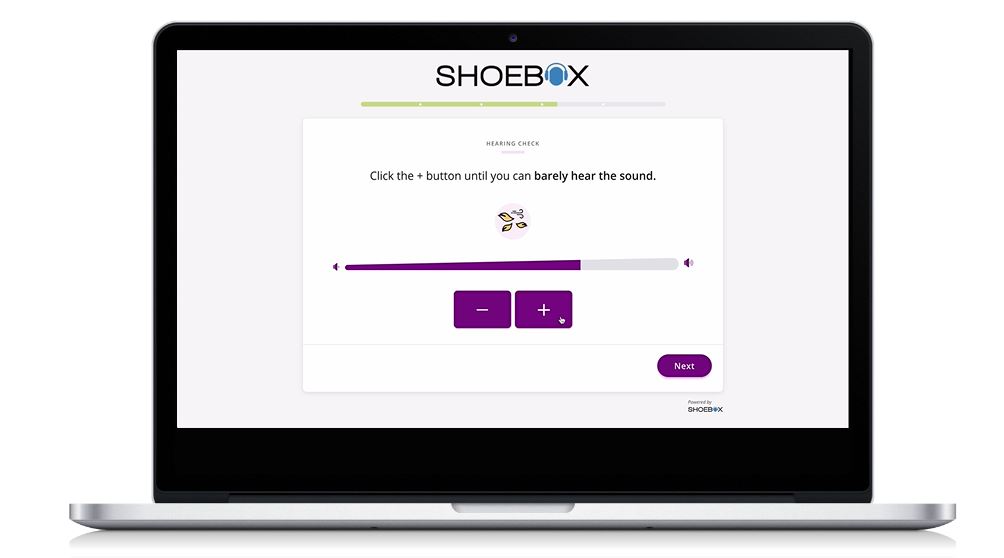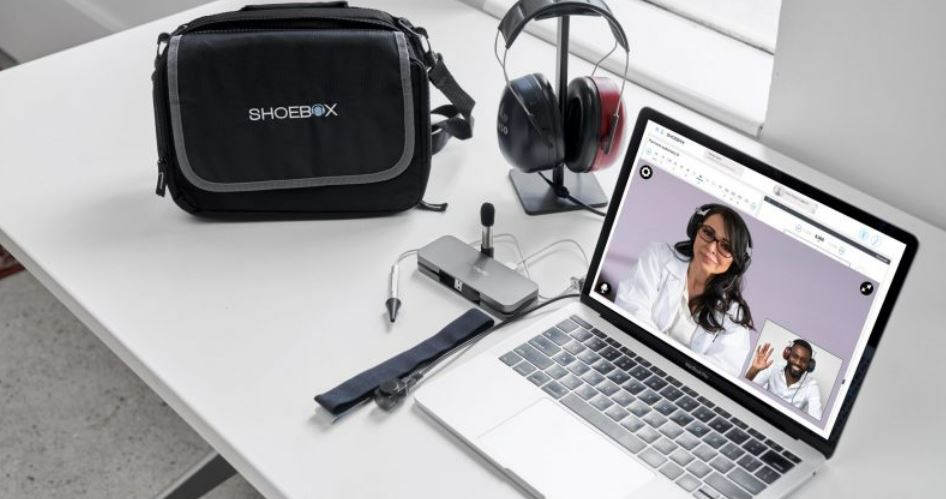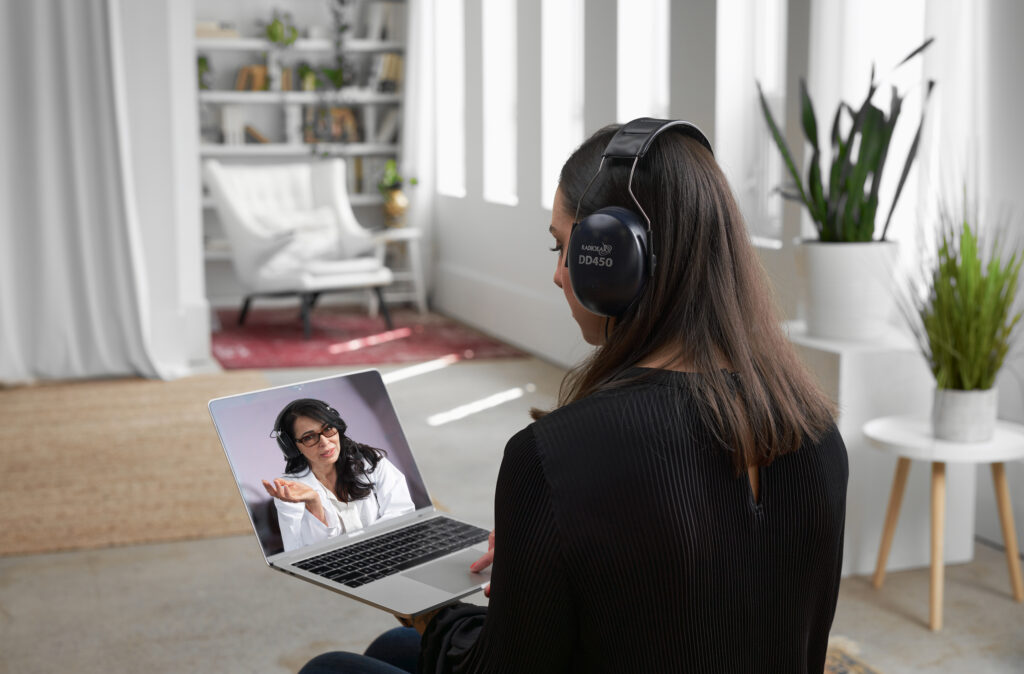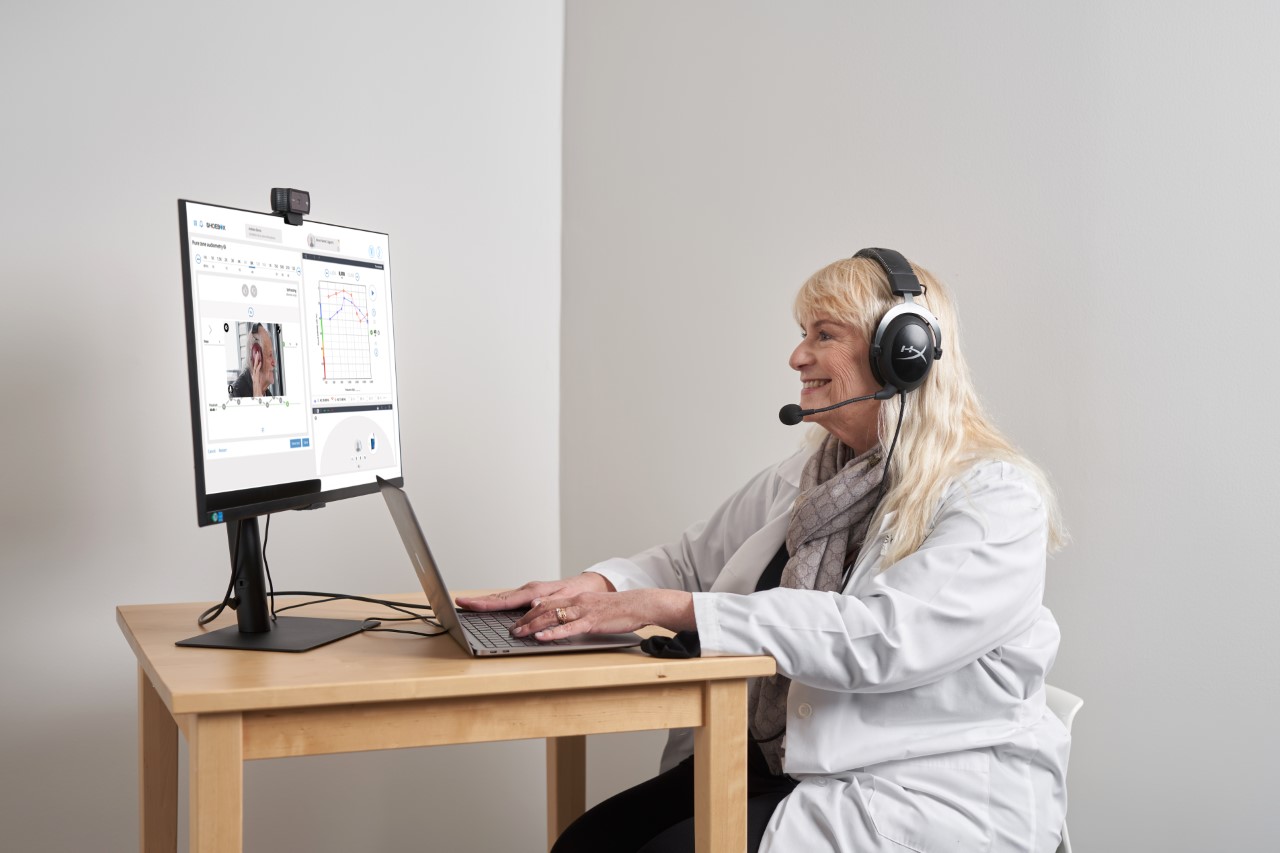Hearing loss can affect anyone. The 2021 World Report on Hearing, published by the World Health Organization (WHO), found that there are over 1.5 billion people that live with some level of hearing loss. Even more concerning is that this figure is predicted to grow to an estimated 2.5 billion by 2050. This forecast is particularly alarming because most people in the world do not have access to hearing healthcare. The negative effects associated with hearing loss could be prevented by merely connecting people with the hearing care they require when it’s needed.
It is estimated that there are 14,600 audiologists and 10,000 hearing aid specialists in the United States, suggesting there is only one hearing care professional for every 14,000 Americans1. A 2013 Windmill and Freeman study concluded there would need to be a 50% increase in new audiologists to provide Americans with the hearing care they require. Additionally, graduate churn would need to drop from its current rate of 40% to 20%. 2
Increasing hearing care availability and access to validated hearing testing is an essential step towards meeting the demand for hearing services. At SHOEBOX, we believe that a hearing test should be accessible to everyone. We build audiometric solutions developed to support hearing care professionals through increased efficiency, accuracy and convenience. We think the most promising pathway to expanding access to hearing care is through digital audiometry.
We’ve worked hard to cultivate this evolution by providing clinicians with a complete digital portfolio of products allowing them to offer comprehensive audiology solutions, including online hearing screening, boothless diagnostic audiometers and a comprehensive teleaudiology solution.

FROM PRE-APPOINTMENT AWARENESS AND SCREENING, TO DIAGNOSTIC TESTING AND FIRST FIT. CLINICIANS CAN DEVELOP A WORKFLOW THAT WORKS BEST FOR THEIR CLINIC
This article outlines the different ways digital audiology can help solve global hearing care challenges. Furthermore, we’ll discuss how digital audiometry can improve patient-centric care and expand your testing bandwidth, all while helping your clinic achieve revenue goals.
Everyone’s hearing loss journey is unique. However, most hearing loss stories share two commonalities: hearing loss is invisible and it is often left undetected for extended periods of time. Early detection is a crucial first step in treatment. Digital audiometry expands access to accurate and accessible audiometric care, providing patients and clinicians with a strong starting point.
Common roadblocks to hearing care include: a shortage of qualified clinicians, the cost of audiological screening equipment, and connecting with patients limited by mobility and/or geographics. Digital screeners and audiometers can help alleviate some of these obstacles with boothless assessments that can be automated, mobile and accessible.
Online hearing screening solutions, such as SHOEBOX Online, provide an engaging first step for individuals experiencing hearing loss. With only a pair of headphones and a connected device, within a few minutes participants can receive an accurate hearing screening from the comfort of their homes. In addition, online hearing screening provides a patient-driven engagement point that directs individuals to start their hearing care journey.

SHOEBOX Online: A quick, effective and accurate online hearing screening
Distance also becomes less restrictive with digital audiometry. Today’s hearing clinic is not limited by geography and can use technology to deliver teleaudiology services. As a result, clinicians can work virtually anywhere and anytime. Work from home, from the clinic, or even while enjoying a weekend getaway at the cottage – all while providing patients with a high level of personalized and engaging care.
Some of our clients have begun utilizing digital audiometry as a recruitment consideration when hiring new staff. As a result, where candidates live, or want to live, is no longer a factor when recruiting qualified clinicians. Furthermore, your clinic can offer increased flexibility to retain staff while delivering an exceptional patient experience.
The capability to perform advanced audiometric diagnostics and the connectivity delivered by a comprehensive teleaudiology platform unlocks a thrilling new hearing healthcare environment no longer limited by location. It is an essential mechanism for achieving greater access to hearing healthcare that is desperately needed on a global scale.
Teleaudiology may also decrease the time people wait before pursuing care. Globally, adults wait an average of nine to ten years after noticing diminished hearing before seeking treatment 3. Digital audiometry may help reduce this time gap by allowing people to utilize the same device already used to order lunch, check the weather or get updates from friends and family.

Teleaudiology may help contribute to reducing the length of time people wait before pursuing hearing care treatment
Technology isn’t only for the young; adoption numbers clearly show an upward trend toward more senior populations becoming more digitally savvy. Data from the Pew Research Center shows the gap is quickly decreasing: a study from the Center found that in 2021, 61% of people 65 years of age or older reported that they own a smartphone, an increase from 2012 findings of only 13%.4
The significance of connecting older populations to remote hearing screening cannot be overstated. A 2010 study in Washington looked at the efficacy of hearing screening in a senior veteran population. The study found as much as double the uptake in hearing aid usage for those attaining hearing screening compared to the unscreened veteran population 5.
Hearing loss was the third most common cause of global years lost due to disability in 2019 for people 70 years of age and older 6. Without treatment, hearing loss can result in a variety of poor health outcomes, including an increased risk of developing age-related dementia7.
Digital audiology will not only improve hearing care for seniors. With improved accessibility to hearing screening, younger populations will conceivably take greater ownership of their hearing healthcare. In addition, wearables are providing more and more valuable data about our bodies. Activity tracker brands, such as Fitbit, are constantly looking for new methods to monitor one’s health and fitness, and this data is sought after by its users. Why should hearing data be any different?

An increased capacity to access digital hearing screening combined with advancements in headphone technology will likely see many people, including those with normal hearing, using technology to better customize their day-to-day hearing experience. These usages may range from decreasing background noise in a busy restaurant to enhancing the listening experience of a live concert.
At SHOEBOX, we believe the future of audiology is digital and powered by validated online hearing screening, boothless diagnostic audiometers and comprehensive teleaudiology solutions. Connect with us to learn more about how digital audiometry can improve the patient experience and reach more potential patients while expanding your growth opportunities.
Sources
- “Hearing Tracker: Where Are All the Audiologists?”
- https://pubmed.ncbi.nlm.nih.gov/23739060/
- https://www.who.int/publications/i/item/world-report-on-hearing
- https://www.pewresearch.org/fact-tank/2022/01/13/share-of-those-65-and-older-who-are-tech-users-has-grown-in-the-past-decade/
- https://pubmed.ncbi.nlm.nih.gov/20398111/
- https://www.ncbi.nlm.nih.gov/pmc/articles/PMC7960691/
- https://www.who.int/publications/i/item/world-report-on-hearing
 Nancy Groen, M.Sc, Reg. CASLPO, CAOHC CPS/A, In-House Audiologist. Nancy Groen has been practicing audiology since she graduated from Dalhousie University in 2012. She joined SHOEBOX Ltd. in January 2023 as in-house audiologist. Prior to joining SHOEBOX, Nancy practiced as a clinical and dispensing audiologist with experience in diagnostics as well as hearing aid evaluations and fittings. Nancy is a contributing member to the College of Audiologists and Speech-Language Pathologists of Ontario (CASLPO) and she recently received her certification as a Professional Supervisor through the Council for Accreditation in Occupational Hearing Conservation (CAOCH).
Nancy Groen, M.Sc, Reg. CASLPO, CAOHC CPS/A, In-House Audiologist. Nancy Groen has been practicing audiology since she graduated from Dalhousie University in 2012. She joined SHOEBOX Ltd. in January 2023 as in-house audiologist. Prior to joining SHOEBOX, Nancy practiced as a clinical and dispensing audiologist with experience in diagnostics as well as hearing aid evaluations and fittings. Nancy is a contributing member to the College of Audiologists and Speech-Language Pathologists of Ontario (CASLPO) and she recently received her certification as a Professional Supervisor through the Council for Accreditation in Occupational Hearing Conservation (CAOCH).






